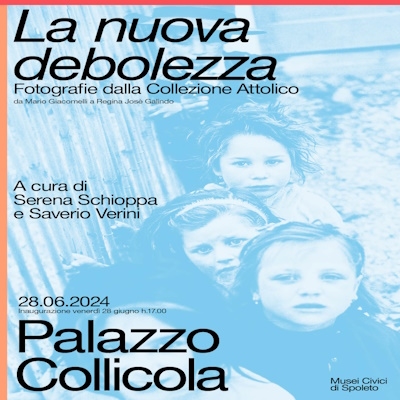HISTORY
Inhabited by the Etruscans, as evidenced by the discovery of several necropoli that have been ecavated and enhanced, the territory was also frequented in Roman times. As a fortified centre it rose in 1477 around the Castle that Giorgio della Rovere, bishop of Orvieto, chose as his residence to settle his retinue coming from Parma. It is from here that the village took its name. The history of the village is all centred around the castle, which was destroyed after the fights between the Della Rovere and the Valenti, lords of Castel Rubello and Porano.
In the following years the building underwent further vicissitudes (a fire in 1497, a strong earthquake in 1504) so much so that it had to be rebuilt in 1581, until Cardinal Giacomo Sannesio (1620) decided to completely renovate the building, making it a suitable holiday home for cardinals and prelates who wanted to save themselves from the burning heat of Orvieto. Due to its strategic position, Castel Giorgio hosted illustrious historical figures to sanction Castro's attempt at peace (1642).
In the eighteenth century it suffered the passage of Spanish troops on their way to Naples (1743). The function of the Sannesio palace lasted until the 1950s; now, after the state of abandonment, it houses the middle school. The surrounding countryside and dense scrubland were often the refuge of famous brigands including Davide Biscarini from Marsciano and Luciano Fioravanti from Viterbo.



























